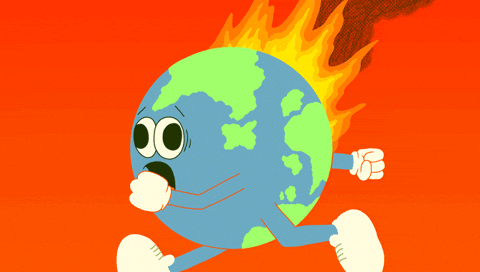Let’s talk about something that isn’t usually part of the podcasting conversation: carbon emissions.
Spotify just got called out in a new study by Greenly, which found that adding video to its music platform could lead to a carbon footprint equivalent to 374,000 flights between Paris and New York each year. That’s not a typo. That’s just… wild.
The issue? Screens. Lights. Data. Processor power. Basically, video eats up energy. A lot of it. And while the study focused on Spotify’s music side, it doesn’t take a climate scientist to guess that video podcasting—especially on platforms like Spotify and YouTube—is adding to that carbon load too.
Why This Means for You
If you’ve ever felt pressure to turn your audio show into a full-blown video production just to stay “relevant,” this is your sign to pause and reflect. Not to say video is bad—it has its place—but what’s the actual cost?
Not just the time, gear, and editing—but the literal environmental cost. And if we’re in this space to tell stories that matter, to build something sustainable, to serve our communities… shouldn’t we also care about sustainability in the bigger sense?
Things to Consider this Week:
Are you adding video because it aligns with your goals, or because the algorithm told you to?
Could you offer transcripts or audiograms as visual touchpoints instead of full video?
How can we normalize and celebrate audio-first creativity again?
Bottom Line
Audio isn’t just powerful. It’s lighter—on your energy, your resources, and now, we know, on the planet too. That feels worth remembering.
💬 If you didn’t have to worry about algorithms or visibility, would you still feel the same pressure to make your podcast visual? Why or why not?





